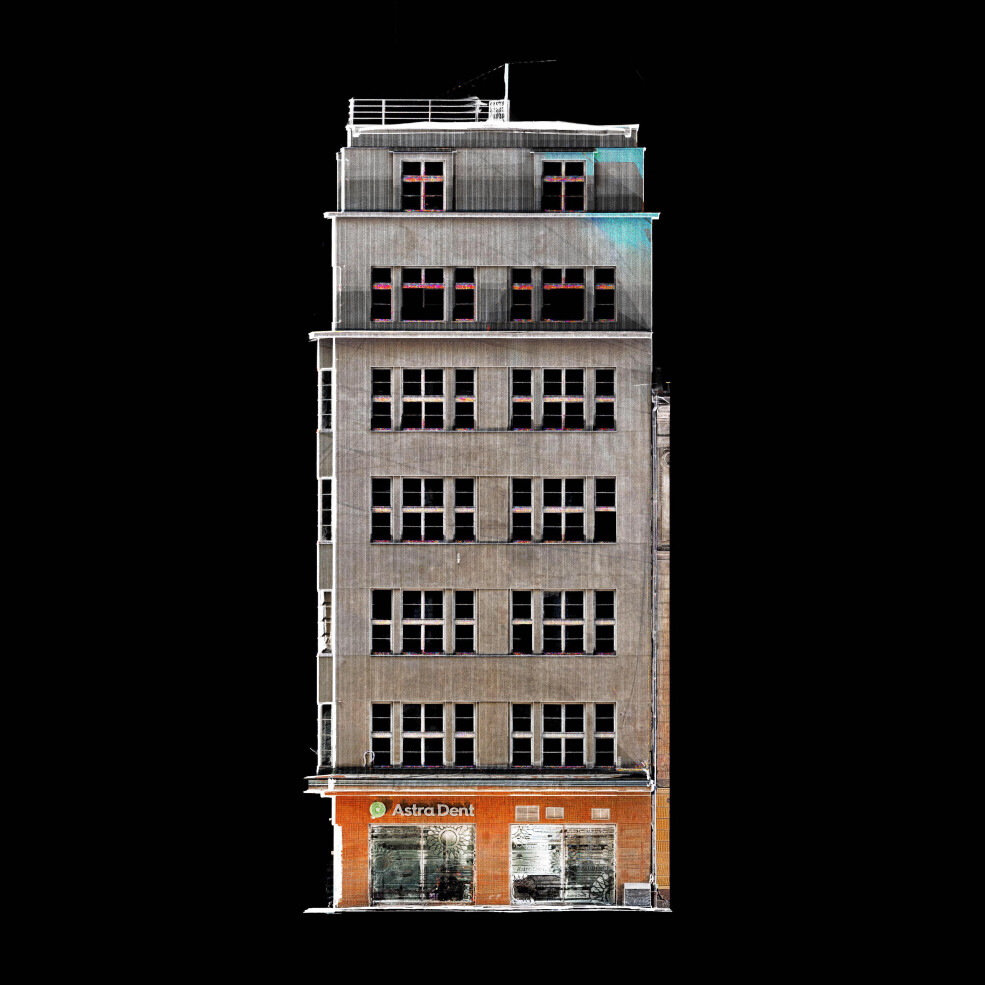Saving Objects and Stories of the Modernist Period in Ukraine
Digital Preservation of Modernism
This project sets out to document the heritage of modernist architecture in Ukraine, which is threatened not just by the war but by general neglect. Combining research and teaching activities, the initiative is supported by international partners and financed by ETH Zurich.
Project Outline
The modernist architecture of the 1920s and 1930s in Ukraine is currently in danger. This situation has resulted from a combination of two factors: the ongoing destruction of the war and the longstanding cultural undervaluing of the built heritage of the early twentieth century. During the 1920s and 1930s, cities like Lviv in Western Ukraine (then part of the Second Polish Republic) were centers of experimentation in architecture and urban design, integrated into movements that spread throughout Europe. The Second World War brought those developments to an abrupt end. During the war and its immediate aftermath, several cities in Ukraine lost most of their population. In Lviv, more than 90 percent of the inhabitants left the city. As a result, collective history and cultural identities were erased, leaving buildings and material objects as the only historical witnesses of the thriving interwar period.
The project attempts to survey and document the heritage of the buildings that made modern Lviv. More importantly, the project aims to investigate the stories that shaped it, from the trauma of the Second World War to the reappropriation of the buildings by new inhabitants, as a way to raise awareness of its value both for the global history of modernism and for contemporary residents and decision-makers.
Main goals
The documentation of the built heritage of interwar modernism in Lviv, Ukraine, was conducted during a Summer school with Ukrainian architecture students, both in Switzerland and Ukraine.
Methodology
The project relies on an interdisciplinary methodology to survey and analyze the built heritage in Ukraine, ranging from research in archives and libraries to drawing techniques of architectural ethnography, and from three-dimensional point cloud scanning to techniques of digital visualization.
Ongoing Results
The initiative runs from May to December 2023. In this period, five representative buildings in Lviv were selected, researched, and scanned. The initial data will be published on “Mapping Ukraine” digital platform (ETH, Zurich), Sketchfab, and the research platform, externe Seite “Lviv: Architecture of Modernism.”
Partners
The project is led by Myroslava Liakhovych, guest researcher at the Chair of the Theory of Architecture (ETH Zurich) and founder of the research platform, “Lviv: Architecture of Modernism,” https://modernism.lviv-online.com. It brings together an international panel of scientific, public, and industry partners in both Switzerland and Ukraine: the Chair of Construction Heritage and Preservation, ETH Zurich (Prof. Dr. Silke Langenberg), the Chair of Building Archeology and Construction History, ETH Zurich (Prof. Dr. Stefan Holzer) and Kharkiv School of Architecture (Ukraine). The public partner is the Lviv Heritage Bureau. The key industry partner is SKEIRON 3D Scanning (Lviv, Ukraine).
The Summer School was supported by the Rectorate of ETH, the Department of Architecture of ETH, as well as by BSA.
